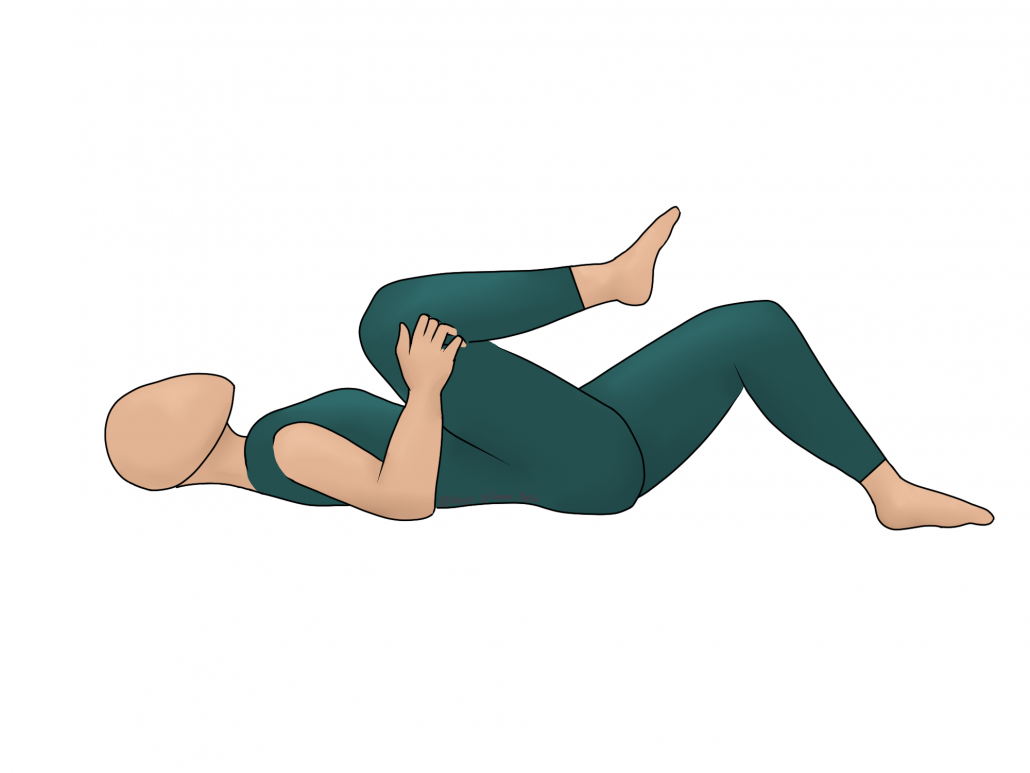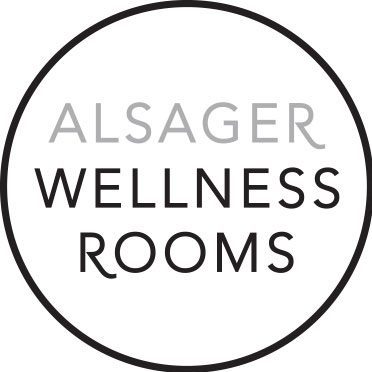The best results from osteopathy come from a plan that involves self management outside the treatment room too. This doesn’t have to be laborious, your osteopath will work with you to devise a plan that works for you.
Exercise for Self Management
Exercise is consistently shown to be one of the best things you can do for pain. Whether your problem is a sports injury, fibromyalgia, or chronic pain, the right movement will do you good. The days of prescribing “bed rest” are long behind us for most musculoskeletal problems. Generally, this doesn’t have to be strenuous exercise. Walking is very underrated, and lower impact exercises like cycling and swimming can provide the benefits without the reaction of some conditions. Load bearing exercise, including weight lifting, is particularly good for improving bone density in people with osteoporosis or osteopenia.

Heat and Ice
As a general rule, heat is good for muscles, and ice is good for inflammation. Sometimes there can be an inflammatory problem in association with tight muscles, in which case ice may be less likely to cause an adverse reaction.
Heat can be a part of your self management plan with little change to your daily routine: a warm shower may be able to do the job. Alternatively, you might prefer to use a wheat bag or hot water bottle.
When applying either a warm or cool compress, do not leave it on any one area for more than 10 minutes. You should not repeat the process within the hour. Remember that the purpose of a cool compress is not to numb the area, just to cool it down. Overcooling can cause more pain once sensation returns, and overheating can cause a rash.
Self Massage
For issues like tennis elbow, you may find some quick relief in massaging the affected muscles yourself. You might have already found yourself doing it instinctively, and your osteopath can help you fine-tune the technique. Using the right part of your hand is important to avoid causing a new problem. For simple muscle problems, massage may be a particularly good self management technique when following heat- your osteopath can advise.
Some areas are harder to reach and might respond well to a foam roller or spiky massage ball. Avoid using a standard foam roller on your back unless your osteopath says otherwise, as it can ask a lot of your back to arch that far.
For recurrent low grade swelling, as with an arthritic knee or ankle sprain, modified massage might help. Swelling happens for a reason, so the fact that it is there is not always a problem. The detriment comes from fluid that stays put for too long. Swelling like this serves the purpose of providing nutrition to the area and taking away waste, including injured or infected tissue. When the fluid is refreshed by movement or massage, the waste is removed and new nutrients are brought in. Compared to fluid that is left to stagnate, the area has a much better chance at healing quickly.

